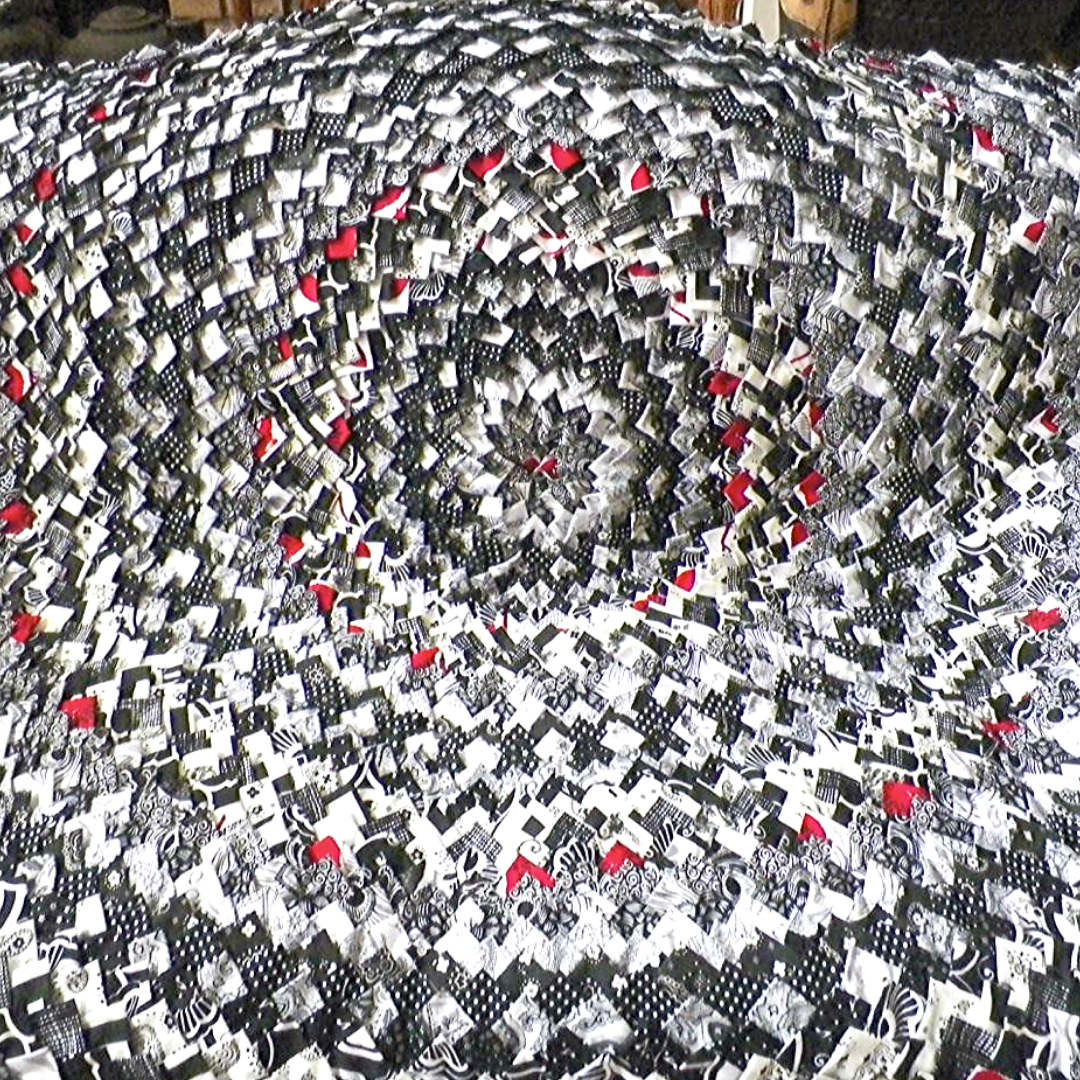
Featured Designer: Betty Ford-Smith
Share
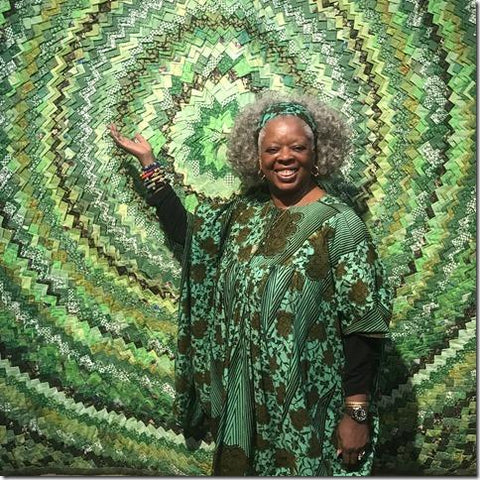
We are honored to spend some interview time with Ms. Betty Ford-Smith of Pine Cone Quilts. It seemed fitting to share her story with you during both National Craft Month and National Women’s History Month. As you read on, Ms. Ford-Smith gives us a glimpse into her past as well as meeting her mentor when learning her Pine Cone quilting craft.
Where were you born and raised?
I was born in New Rochelle, Westchester County New York and raised in Mount Vernon and New Rochelle. Westchester County is full of famous actors, musicians, artist and creative people. It is 20 minutes North of New York City by train or car.
Therefore, I studied Art, Dance, Music and Drama during my formative school years, in high school at New Rochelle Academy and at an all-girls college – Bennett College in Millbrook, New York.
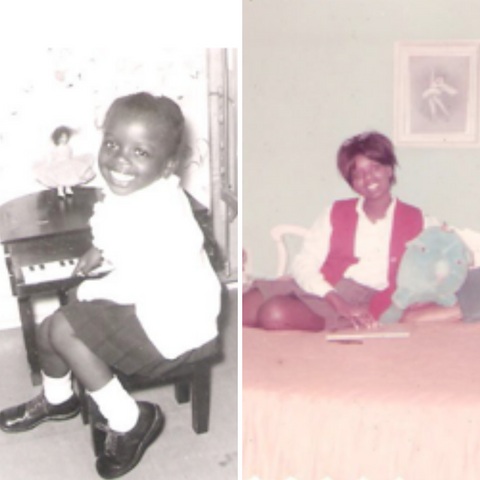
Tell us about your stitching journey?
Each summer my parents sent me to the YMCA summer camp in the 1950’s in New Rochelle, New York. There, I learned to hand sew draw bags to keep my Jack’s and balls in, to hand sew yo-yo clown dolls, to make hand sewn aprons and hand sewn leather moccasins with large needles.
How did you learn to sew?
I learned to sew from mother and my 6th grade Home Economics Teacher. My mother told me hand sewing was the way she learned. Therefore, she made me hand sew a blouse and a skirt, before buying me a sewing machine at 16. Later, those lessons were greatly appreciated, and I used that method with my students before using a sewing machine to learn construction and patience.
How did you learn to quilt?
At first, in the 1970’s and 1980’s I taught myself to quilt but never finished anything, so I decided years later, I needed a teacher. My first quilting teacher was Joan Thorp in Sebring, Florida, and she gave classes once a week at her house with a group of seven women. I joined the group in 2003, and one year later, I still had not completed a quilt. I had several samples started but nothing to place on a bed or a chair.
My second teacher was Arlene Dennis -Miss Sue and her hand sewing technique must have touched my soul because I completed two Pine Cone quilts under her apprenticeship.
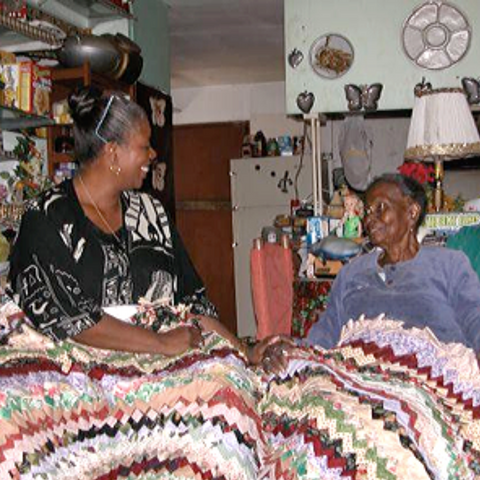
You are very passionate about the Pine Cone quilt. Can you tell us what sparked your passion and why you want to share it with others?
One day a friend showed me two Cuckleburr quilts that she had just purchased from an elderly African American Women. My friend introduced us after I begged her for weeks, and I finally met Miss Sue. She was not that warm towards me at first, but after several meetings at her house, she realized that I was truly serious about learning her technique for this quilt and that I would pass the tradition on to others. She finally agreed to teach me, and in January, I finished and completed my first Pine Cone/Cuckleburr quilt in three months.
The reason I finished so quickly is because Miss Sue challenged me to a race, and I did not want her to win.
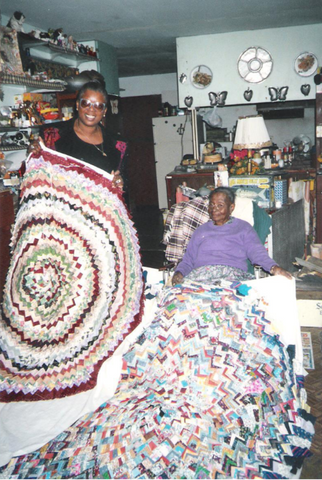
How long does it take to make a Pine Cone quilt by hand?
I can make a king size handmade 90 inches by 100 inches quilt in five months. A 60 inches by 60 inches Pine Cone lap quilt can take three months from the selection of the fabric, the cutting of the squares to the completion of the binding.
Are there any special care instructions for Pine Cone quilts given their third dimension and weight?
The elderly women in the past would only take the quilts outside, place them on a strong clothes line or over the porch rail, beat the quilt and let them air out. The quilts are really too heavy to wash, but if you must, place the quilt in a tub and press up and down to get the luke-warm water and soap through the quilt, rinse well the same way. Let the water drain out of the tub and use 2 people to lift the quilt out of the tub and place it on a sheet to take it outside. Rollup the quilt and press out the excess water. Let the quilt lay on the grass or on the concrete in the driveway in the sunlight in order to dry. It should be a hot sunny day so the quilt can dry quickly. Turn the quilt over a few times and press down all the little triangles with your hands. This process is like washing a big, furry, fun loving dog in a bathroom tub and taking it outside in order to dry.
What is your favorite quilt you have made and why?
The Betty and Butler Cuckleburr Quilt. This is my favorite because I read a book called Pieces of the Heart (Quilts of Love) by Bonnie S. Calhoun where she wrote about an elderly woman folding money and jewels into her Pine Cone quilt for her granddaughter. My husband was watching me sew, as he does every day, and said he wanted to design the next quilt, select all the colors, fabric and how each row should be placed. I asked him if he wanted to sew it also but he said no, but I do want to select all the fabric. The next day we went shopping together and he discovered for the first time how expensive quilting fabric can get, how much you need and how many different shades there are of black and white. Each day he monitored my work, and I complained how hard it was to sew on a black sheet. As I was sewing, I decided to take the twenty two dollar bills we received at our wedding almost 30 years ago and fold them into random triangles and then sew them in the quilt. I figured this way we would still have the money and this would make it a true Memory Quilt for us to keep.

Complete this sentence. When I am not sewing, I am…..
Watching TV, reading African Sculpture Books, Haitian Art Books, searching the internet for vintage Pine Cone/ Pine Burr quilts and vintage African American cloth dolls.

What is your worst sewing habit?
Sitting for 5 to 10 hours at a time on the sofa sewing on a Pine Cone quilt and not drinking enough water. By the time I stand up, I am so stiff I can barely move.

What is one sewing notion that you can’t live without?
My three inch doll needle because that is the size needle Miss Sue told me to always use and that nothing else would do to make Cuckleburr Quilts. If I get down to one pack, I get nervous and start running around town to find more, They do break from time to time especially if I am using pliers to pull the needle through tough fabric. The needles also get dull and bend after much use on a heavy quilt. I change needles usually about 3 to 4 times before a King size quilt is finished.

Watch our interview with Betty Ford-Smith

1 comment
Loved this! That’s how I learned…hand sew first, then the machine. You and RachelDaisy will be a kick ass combination! Glad I discovered you!